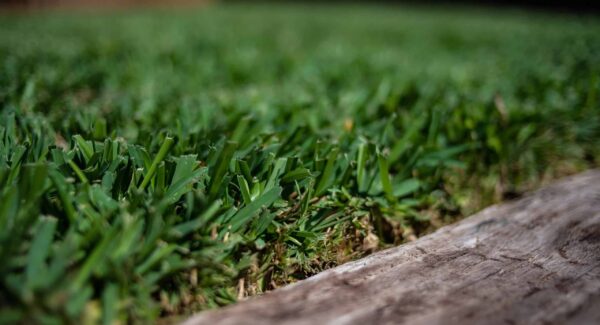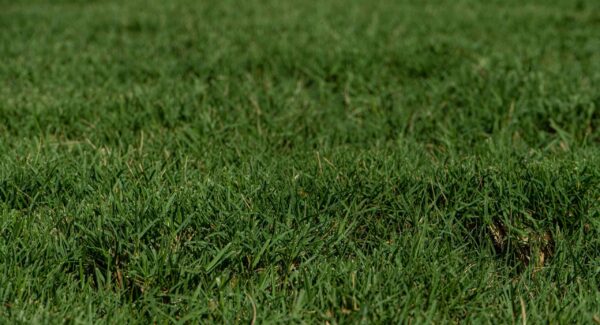What To Do When You Find Clover in Your Central Texas Lawn
By Alexia Jones
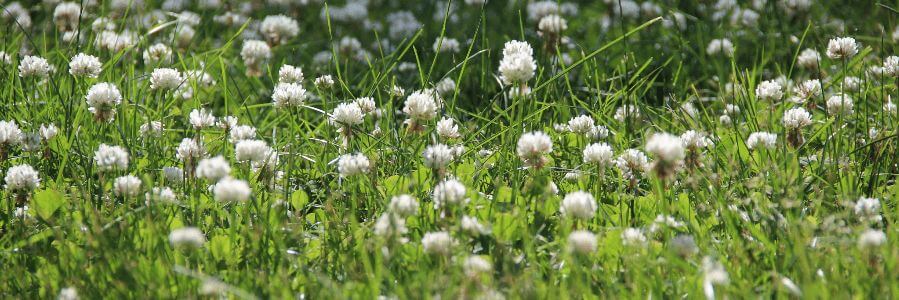
If you’re looking over a four-leaf clover, chances are it’s sitting among hundreds, if not thousands of three-leaf clovers in your lawn. It’s not a sign of good luck, but rather a sign your grass isn’t getting the nitrogen it needs to compete with it. By maintaining a healthy lawn, you can help your grass grow strong enough to keep out clover and invasive weeds.
Know Your Grass
It helps if you know what type of grass covers your lawn because it affects the way you need to care for it. Warm-season grasses such as Bermuda tend to do well in Texas since they’re drought resistant and tolerate the summer heat.
The Right Cut
You want to mow Bermuda grass to 1-2 inches high, St. Augustine Grasses should be mowed between 2 and 3 inches high, Zoysia Grasses can be mowed from .5 to 2 inches, and Buffalo Grasses can be mowed from .5 to 3 inches. When you cut the grass too short, you risk inviting clover. Longer, thicker grass will crowd out clover and other weeds such as crabgrass.
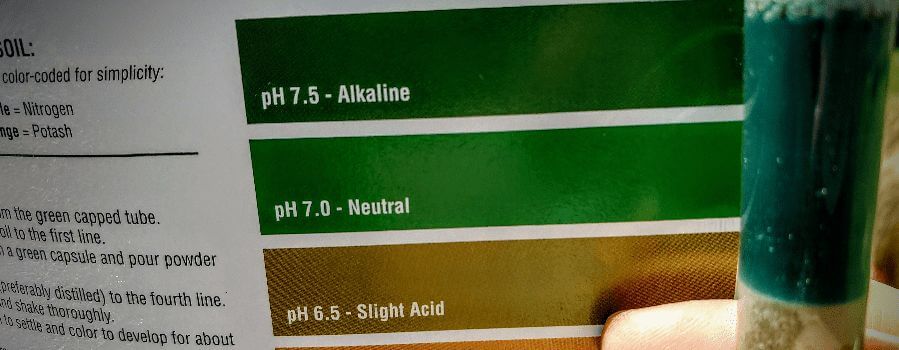
Test the Soil
Check the nitrogen level in your soil. You can get a soil test kit online, from your local extension office, or just collect a soil sample and have the state’s main extension office test it for you. A soil pH range of 6.8 to 7.2 is near the neutral midpoint of the 14-point pH scale, and ideal for most lawn grasses. The soil in Austin tends to be a little alkaline, meaning the grass and plants aren’t getting the nitrogen, phosphorus, and potassium they need to develop deep roots. Clover thrives in nitrogen-poor soil and is able to choke the grass fighting for survival.
Fertilize
Feed your lawn with an organic fertilizer in the spring. You’ll be adding nitrogen to the grass and the soil, enabling your grass to develop strong roots. Be careful not to fertilize during the heat of the day or to overdo it. Clover can also survive in an acidic lawn and will move in quickly if you burn or stress your grass.
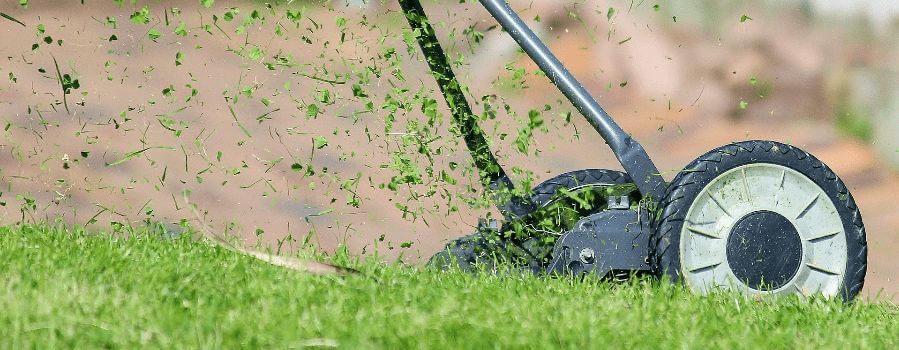
Leave the Lawn Clippings
Instead of raking up those clippings after you mow, leave them. Those clipping are a natural fertilizer, providing your lawn with nitrogen and adding organic matter to your soil.
Aerate
The soil in central Texas is heavy in clay and easily compacted. That’s not a problem for clover since it has longer roots and is able to reach water better than most lawn grasses. By aerating in the fall or spring, you give your grass a fighting chance against the clover.
Water
We can’t stress this enough: A stressed and dry lawn is an invitation for clover. Water deeply and only twice a week to encourage the grassroots to reach deep into the soil. Not sure if and when your lawn needs a drink? Use a moisture meter or try the screwdriver test. Stick a screwdriver into the soil. If you can push it in more than 3 inches below the surface, you don’t need to water.
Get Over the Clover
Now that you know how to get rid of clover, you may want to consider leaving it alone. Up until WWI, many people used it to cover their landscapes. It absorbs nitrogen from the air and feeds it to the lawn, reducing the amount of fertilizer you need. It also holds up well in a drought and attracts bees and other beneficial insects. Low maintenance and water-wise landscapes are trending in Texas these days. But keep in mind, warm-season grasses like centipede and St. Augustine are also drought-tolerant.
One thing clover won’t tolerate? A lot of foot traffic. So if you’ve got kids or dogs, or just prefer the look of a finely manicured lawn, give your grass a fighting chance against the clover and other invaders with proper lawn mowing, fertilizing, and watering.
Alexia Jones owns a landscaping company whose services include repairing and winterizing sprinkler systems. She is an expert in sustainable lawns and landscapes and efficient irrigation systems.
